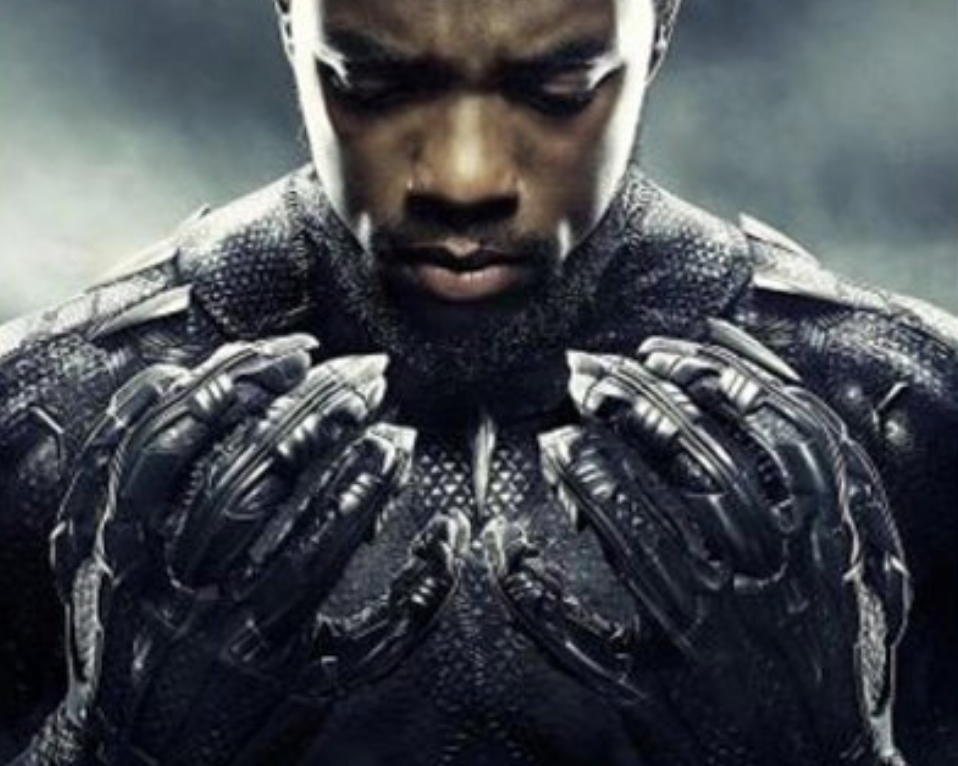Early in the coronavirus crisis, and this summer's wave of chaos in American streets, Rachel Bulman began paying close attention to the faces in news reports.
She also found herself thinking about a hero -- the Black Panther.
Born in the Philippines before being adopted, the Catholic writer has -- as a daughter, wife and mother -- lived her life in White America. As a child, she didn't look like her family. Now, her children are growing up "knowing that they just don't look like everyone else. … Our family has its own story," she said.
Bulman responded by hanging images of saints from Africa, Asia, Latin America and elsewhere in their home. There was St. Josephine Bakhita from the Sudan and an icon of St. Augustine with darker skin, since his mother was from North Africa's Berber tribe. There was St. Juan Diego of Mexico, who encountered Our Lady of Guadalupe, and Sister Thea Bowman of Mississippi, the granddaughter of slaves, whose cause for sainthood has been endorsed by America's bishops.
"I wanted my children to see all kinds of saints and heroes, including some with faces kind of like their own," she said.
Bulman had also become interested in the Marvel Comics universe and the symbolic role of King T'Challa -- the Black Panther -- for millions of Black Americans, especially children. She was stunned when actor Chadwick Boseman died at age 43 after a long, private fight with colon cancer. He endured years of chemotherapy and multiple surgeries while filming "The Black Panther" and related Avenger movies.
Searching through press reports, Bulman noted colleagues referring to Boseman as a "man of faith," a "beautiful soul" and someone with a "spiritual aura" about his work with others -- including children with cancer.
At a memorial rite for Boseman, his former pastor at Welfare Baptist Church in Anderson, S.C., said the actor remained the same person he knew as a young believer.
“He's still Chad," said the Rev. Samuel Neely. "He did a lot of positive things. … With him singing in the choir, with him working the youth group, he always was doing something, always helping out, always serving. That was his personality."
Digging deeper, Bulman said she "cried all the way through" a video of Boseman's 2018 commencement address at Howard University, his alma mater.










